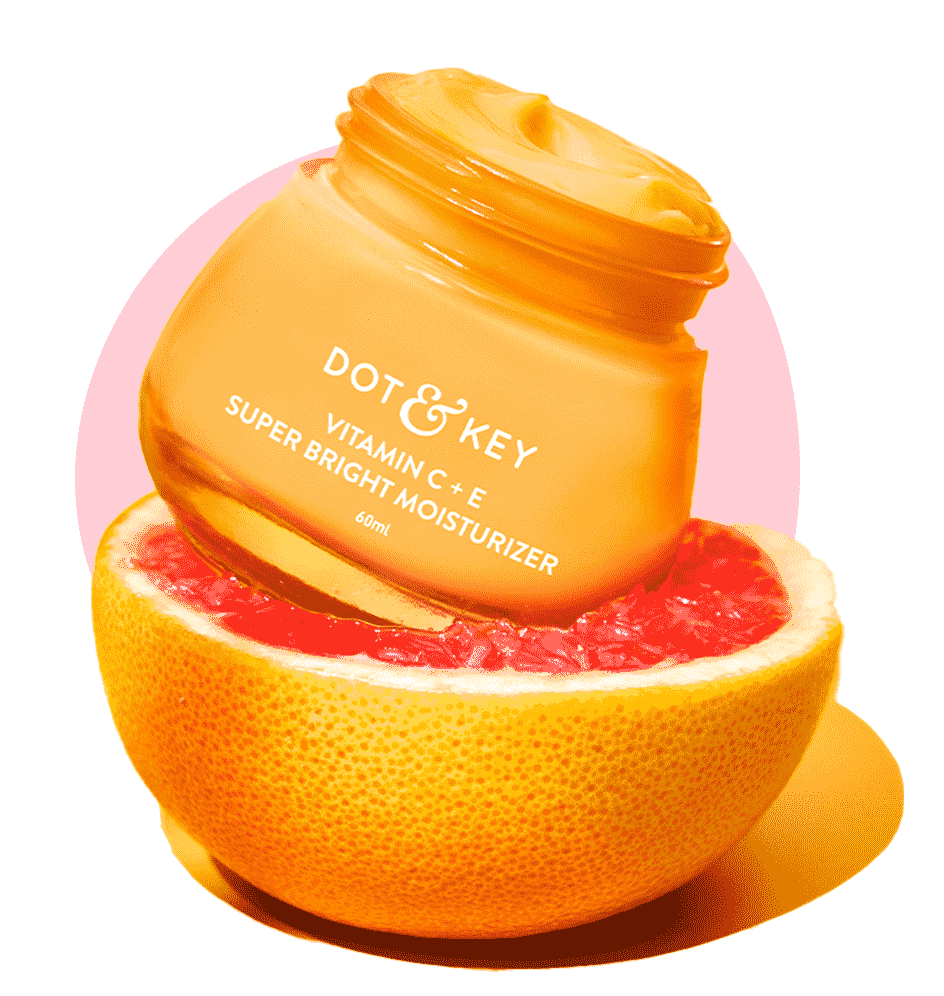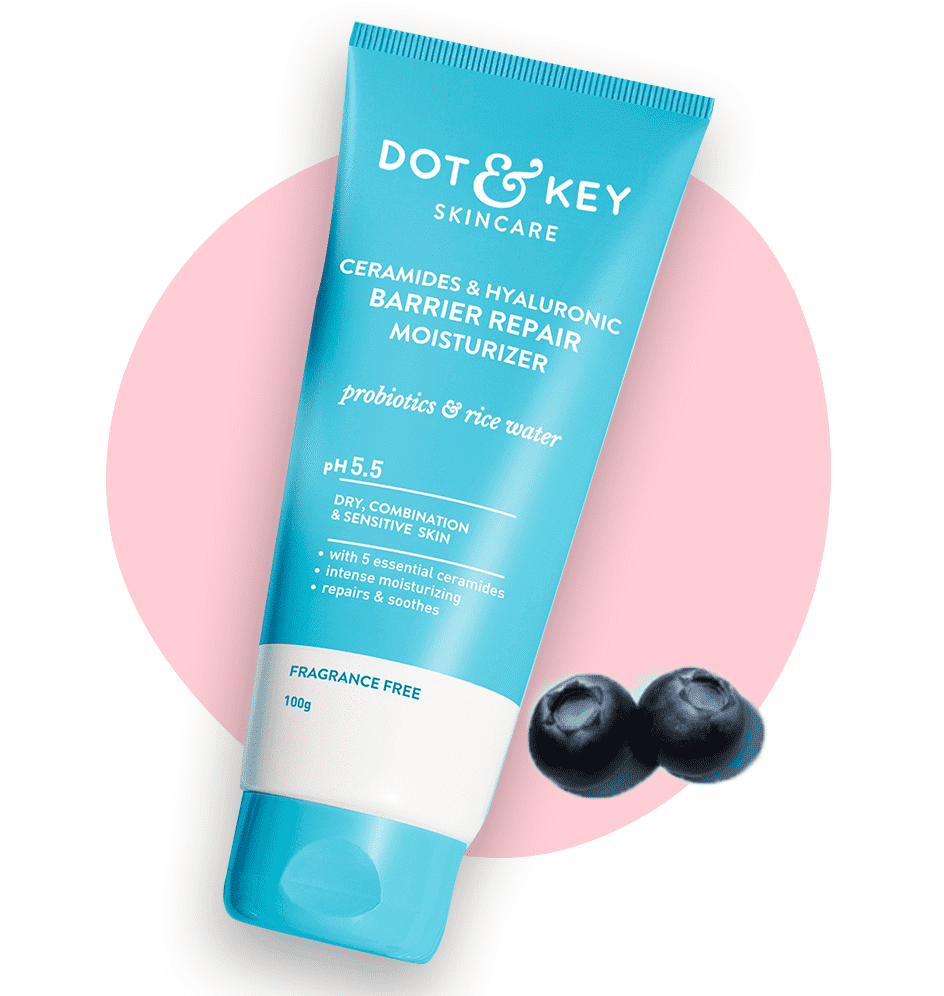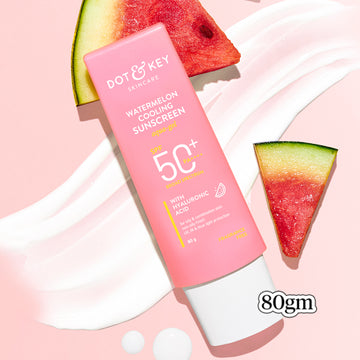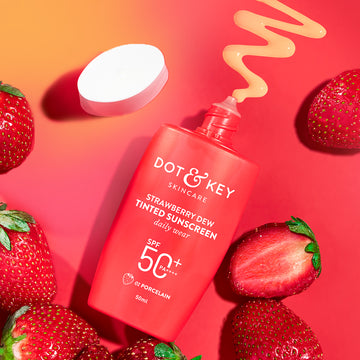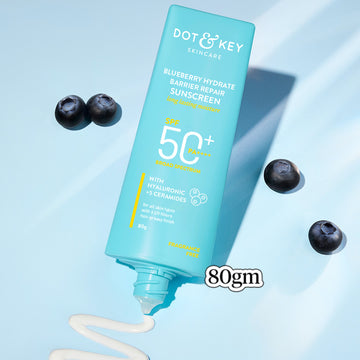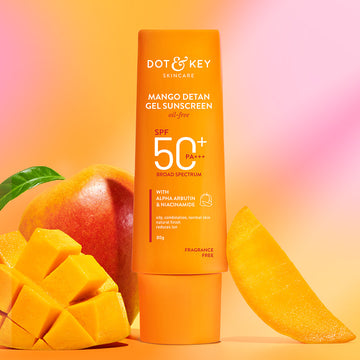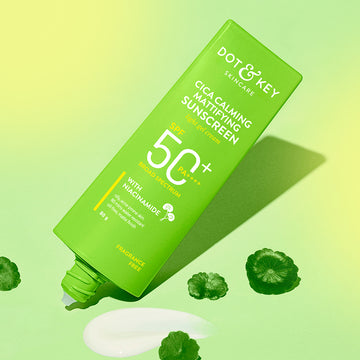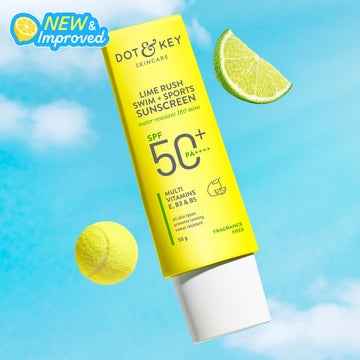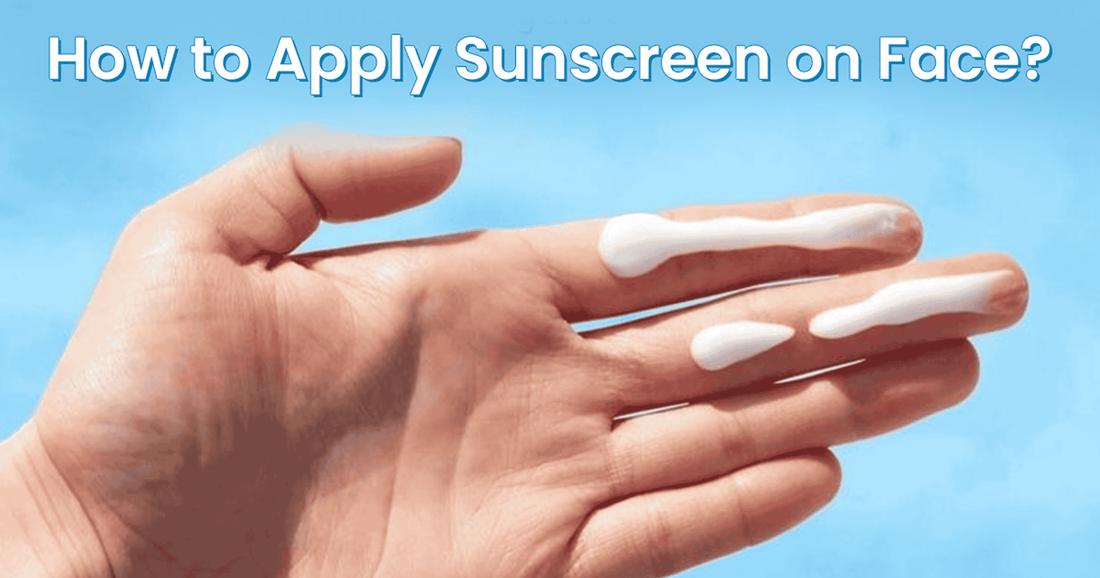
SPF your BFF - no matter the season. When it comes to shielding your skin from UV rays, preventing fine lines, and keeping that glow going strong, sunscreen is the ultimate saviour. But here’s the catch: slapping it on randomly won’t cut it. There’s a proper way to apply it—especially on your face—to actually get the full benefits.
In this blog, we break down the right technique to apply sunscreen like a pro, so you can glow and protect. Let’s get into it!
Why Applying Sunscreen on Your Face Matters
Before we get into how to apply sunscreen on face, let’s talk about why it’s so important. Your face is one of the most exposed parts of your body, constantly battling UV rays, pollution, and environmental stressors.
According to the American Academy of Dermatology (AAD), unprotected sun exposure is the leading cause of skin aging and melanoma, the deadliest form of skin cancer. A 2023 study revealed that consistent sunscreen use can reduce the risk of melanoma by up to 50%.
But here’s the kicker: sunscreen only works if you apply it correctly. Too little, too late, or the wrong technique can leave your skin vulnerable. That’s why mastering how to apply sunscreen on face is a non-negotiable step in your skincare routine.
Step 1: Choose the Right Sunscreen for Your Face
The first step in learning how to apply sunscreen on face is picking the perfect product. Not all sunscreens are created equal, and your face deserves something tailored to its unique needs. Here’s what to look for:
- Broad-Spectrum Protection: Ensure it protects against both UVA (aging rays) and UVB (burning rays).
- SPF 30 or Higher: Dermatologists recommend SPF 30 for daily use, though SPF 50 offers extra protection for sensitive skin or prolonged sun exposure.
- Face-Specific Formulas: Opt for lightweight, non-comedogenic sunscreens that won’t clog pores or feel greasy.
- Skin Type Match: Gel-based for oily skin, cream-based for dry skin, and tinted options for a makeup-like finish.
Pro Tip: Look for added ingredients like niacinamide, alpha arbutin, ceramides, hyaluronic acid, or antioxidants (vitamin C or E) for extra skin benefits.
Step 2: Prep Your Skin Before Applying Sunscreen
Great sunscreen application starts with a clean canvas. Here’s how to prep your face:
- Cleanse: Wash your face with a gentle cleanser to remove dirt, oil, and impurities. This ensures the sunscreen adheres evenly.
- Moisturize: Apply a lightweight moisturizer suited to your skin type. Let it sink in for 2-3 minutes before moving to sunscreen. Hydrated skin helps sunscreen spread better.
- Timing: Apply sunscreen as the last step in your morning skincare routine, just before makeup (if you use it).
Skipping this prep can lead to uneven coverage or pilling—two enemies of effective sun protection.
Step 3: How Much Sunscreen Should You Use on Your Face?
One of the biggest mistakes people make when figuring out how to apply sunscreen on face is using too little. The general rule is to use about two finger-lengths of sunscreen (imagine the amount that fits along your index and middle fingers) for your face and neck combined. This equals roughly 1/4 of a teaspoon or 1.2–1.5 grams.
Why does this matter? Studies show that applying less than the recommended amount cuts the SPF protection in half. So, don’t skimp—your skin will thank you.
Step 4: Master the Application Technique
Now, let’s get to the heart of how to apply sunscreen on face. Follow these steps for flawless coverage:
- Dot It On: Squeeze the sunscreen onto your fingertips and dot it across your face—forehead, cheeks, nose, chin, and even your ears. Don’t forget the often-missed spots like the hairline, around the eyes, and the sides of your neck.
- Massage: Gently massage the sunscreen into your skin using upward, circular motions. This ensures even distribution and prevents a white cast (common with mineral sunscreens).
- Layer Smartly: For extra protection on sunny days, wait 1–2 minutes after the first layer dries, then apply a second thin layer.
- Blend Carefully: Pay attention to blending around your eyebrows, jawline, and nose creases to avoid streaks.
Quick Tip: If you’re using a spray sunscreen, spritz it into your hands first, then apply it to your face. Direct spraying can lead to uneven coverage.
Step 5: Don’t Forget These Tricky Areas
When learning how to apply sunscreen on face, it’s easy to overlook certain spots. Here’s a checklist of areas that need love too:
- Eyelids: Use a small amount and pat gently—UV rays can penetrate the thin skin here.
- Lips: Apply a lip balm with SPF 15 or higher.
- Ears: Both the tops and backs are prone to burning.
- Neck and Décolletage: Extend your application downward for full coverage.
Missing these spots can lead to uneven protection and surprise burns.
Step 6: Reapply Sunscreen Throughout the Day
Applying sunscreen once in the morning isn’t enough. To keep your face shielded, reapply every 2 hours if you’re outdoors, or immediately after swimming, sweating, or towel-drying. Here’s how to apply sunscreen on face over makeup without ruining your look:
- Sunscreen Stick: Use for mess-free reapplication with an invisible finish.
- Mist Sunscreen: Use a facial mist SPF, holding it 6–8 inches from your face and letting it dry naturally.
- Cushion Compact: Dab on a sunscreen-infused compact for seamless reapplication.
Reapplication is non-negotiable—UV rays don’t take breaks, and neither should your protection.
Mistakes to Avoid When Applying Sunscreen on Your Face
Even with the best intentions, it’s easy to mess up how to apply sunscreen on face. Here are pitfalls to dodge:
- Skipping Cloudy Days: UV rays penetrate clouds, so apply sunscreen daily, rain or shine.
- Rushing the Process: Rubbing it in too quickly can leave gaps in coverage.
- Mixing with Makeup: Don’t blend sunscreen with foundation—apply it separately for full efficacy.
- Ignoring Expiration Dates: Expired sunscreen loses potency, so check the bottle.
The Science Behind Sunscreen and Your Face
Sunscreen works by either absorbing UV rays (chemical filters like avobenzone) or reflecting them (physical filters like zinc oxide). For your face, hybrid formulas combining both offer broad-spectrum protection without irritation.
A 2024 study from the Journal of Cosmetic Dermatology found that daily sunscreen use not only prevents UV damage but also repairs existing signs of photoaging over time. So, mastering how to apply sunscreen on face isn’t just protection—it’s a long-term investment in your skin’s health.
Final Thoughts
Learning how to apply sunscreen is more than a skincare step—it’s a lifestyle choice that keeps your skin youthful, radiant, and safe. With the right product, technique, and consistency, you’ll shield your face from the sun’s harsh effects while enhancing your natural glow.
Whether you’re heading to the beach or just stepping out for coffee, take two minutes to apply sunscreen properly. Your future self will thank you. So, grab your favorite SPF, follow this guide, and make sun protection a non-negotiable part of your routine.








